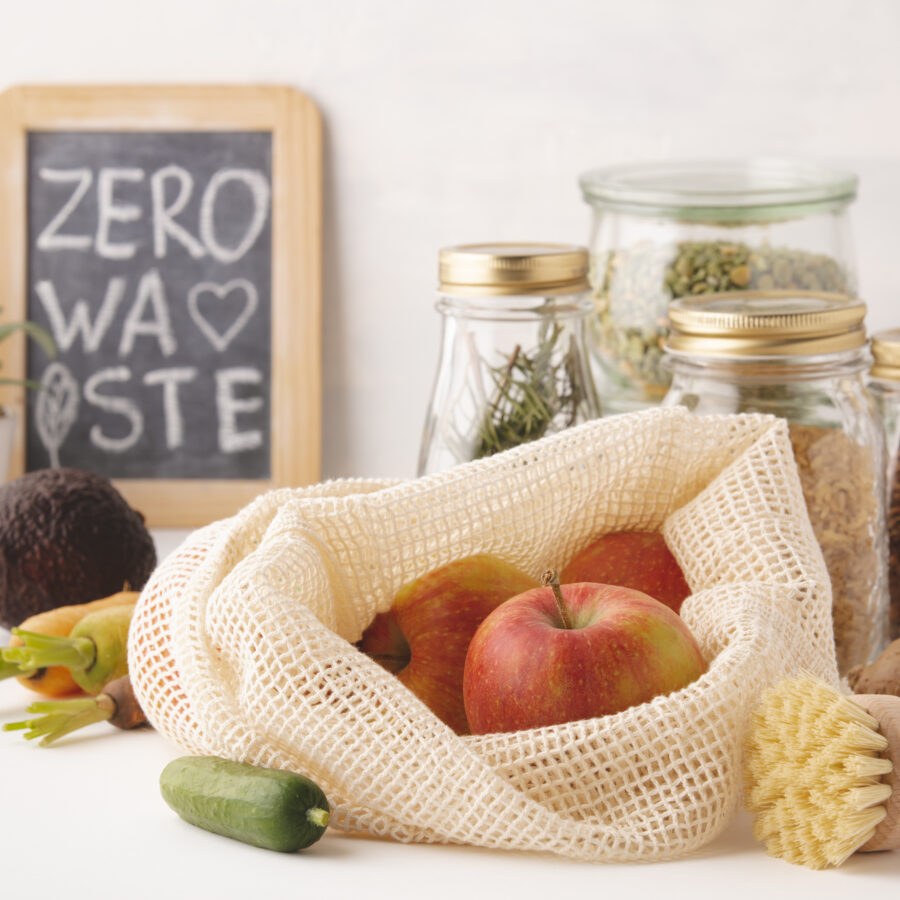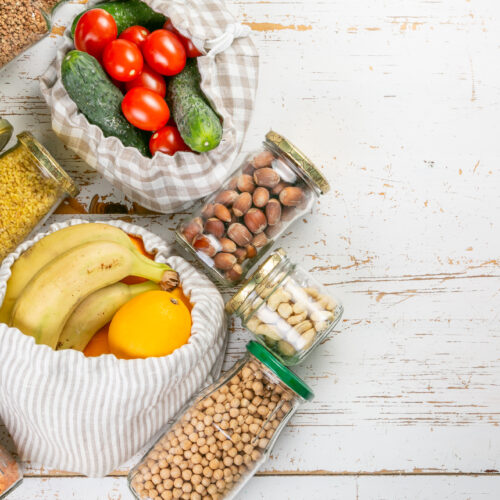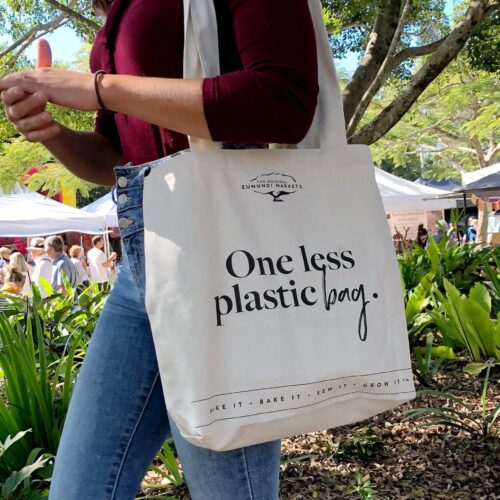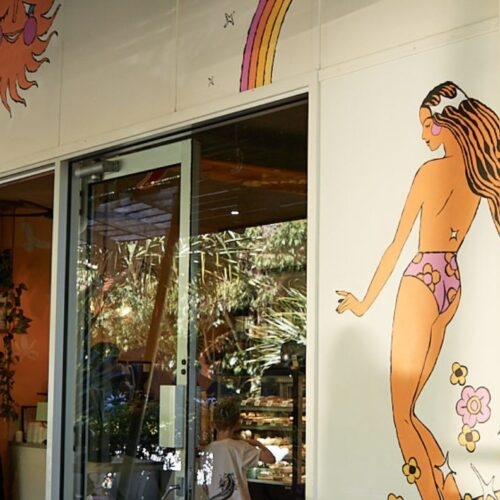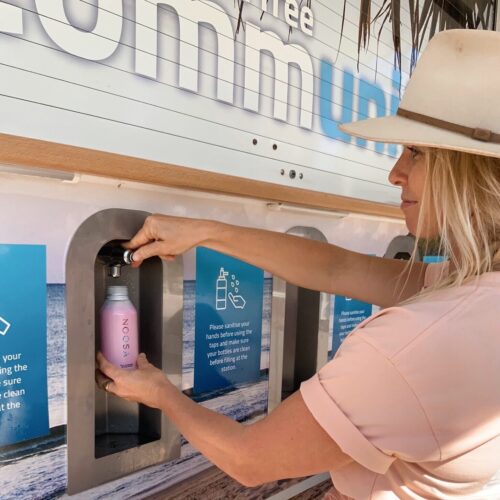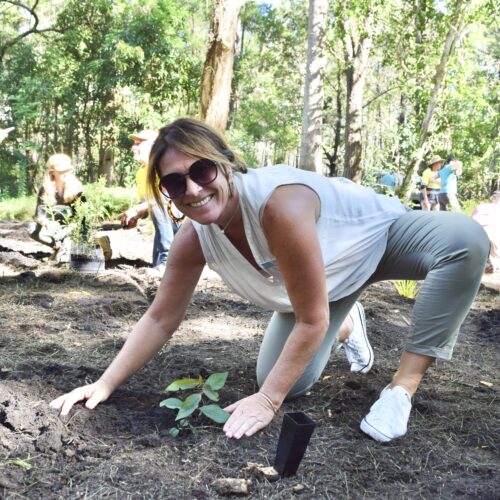What is the Zero Waste Lifestyle?
Modern society can be hugely wasteful of resources, whether through uneaten food, unnecessary packaging, or excessive use of energy.
Embracing a zero-waste approach means looking at every area of your daily life, and considering if there’s a way of approaching it with greater thrift.
The idea is that while every step may be a small one, the combined results can be huge – and they only increase as more people become involved.


